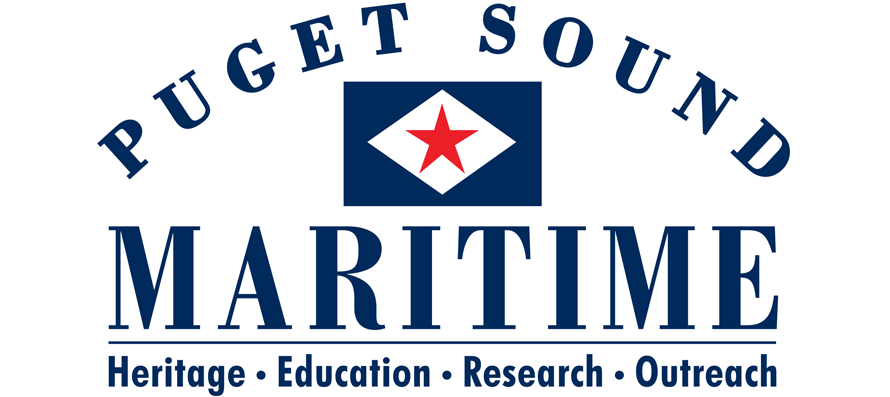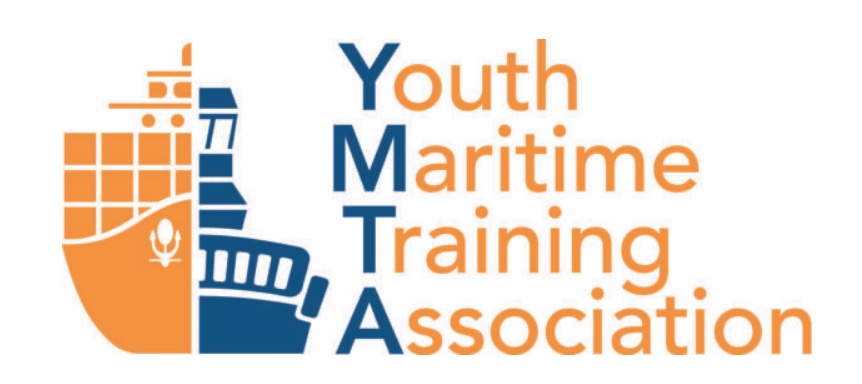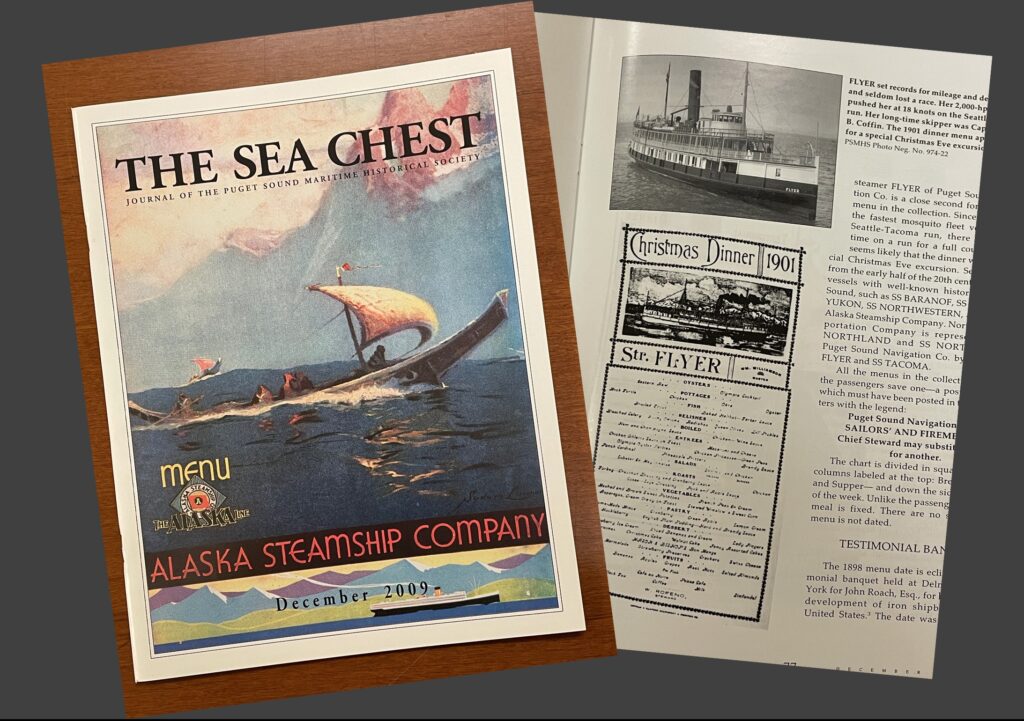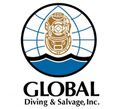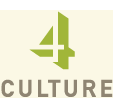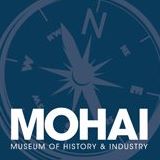We have great resources available for teachers wanting to add some maritime history and culture into their class! Seattle and Puget Sound has a rich maritime history, from early logging and transportation to the Alaska Gold Rush and fishing industry. We still have a thriving maritime economy and culture here; it includes fishing, tourism (cruise ships), shipping, and recreation.
See our online activities for downloadable crafts and content. Or, rent an education kit through MOHAI – we have one kit that focuses on Seattle’s maritime history, and one on underwater archaeology conducted in Lake Union.
If you are thinking of doing a maritime themed project, program or field trip, apply for one of our YMTA Grant Funding Application.
Education kits:
The Maritime Seattle Kit is designed to be integrated into levels 5 – 8. The following topics are covered by using lesson plans in the Dunn & Dunn Learning Styles Model: History, Communication, The Shipyard and Navigation.
- The History section focuses on the history of trade, immigration, recreation and transport in the Puget Sound area using artifacts and photographs. Students create a skit.
- The Communication section focuses on maritime signal flags and involves the students in an art project.
- The Shipyard section focuses on buoyancy, shipyard lingo, and knot tying, integrating science and history.
- The Navigation section utilizes nautical charts and navigational tools to lead students on various “treasure” hunts, incorporating history and mathematics.
In addition to actual maritime artifacts and photographs, the trunk contains lesson plans, books, maps, evaluations and supplemental materials for background information.
The Digging the Lake: Underwater Archaeology of Lake Union Kit introduces students to the varied themes that make up the history and geography of an urban lake, using the Lake Union Underwater Archaeology Project as a focus. Photos, videos, maps, suggested activities, and resource materials allow elementary and middle school students to learn about methods of historical research, including the use of primary and secondary sources and the role of underwater archaeology. The trunk also includes diving equipment that students may try on.
